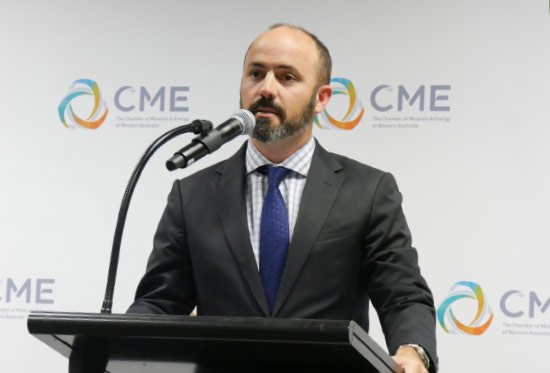The Climate Change Authority’s Sector Pathways Review highlights the need for concerted and coordinated action for Australia to reach net zero emissions by 2050.
The comprehensive review recognises a wide range of technologies and approaches are necessary to reduce emissions and galvanise efforts to remove barriers to investment.
It confirms that the transition requires ‘significant effort’ across all sectors and will involve trade-offs to ensure “the burdens and benefits are fairly shared between governments, sectors, businesses, regions and communities”.
Chamber of Minerals and Energy of WA (CME) Chief Executive Officer Rebecca Tomkinson said improving availability of low emission electricity was a vital first step and key enabler for decarbonisation of the WA resources sector.
“Whether grid-connected or remote, decarbonisation of resources operations from mine sites to downstream processing facilities depend on access to electricity that is low emission, reliable and affordable,” Ms Tomkinson said.
“It was pleasing to note that the Review identifies the significant role the Federal Government has in coordinating delivery of Australia’s net zero ambitions with state and territory governments.
“Given the pace and scale of the task, our sector has been consistently calling for stronger coordination within and across governments to maximise efficient delivery of projects essential to the global transition”
The CME acknowledges the recent work of the WA Government to speed up environmental approvals. However, our members continue to advise that extended assessment timeframes at both state and federal levels are delaying decarbonisation and renewable energy projects and proving a barrier to securing international investment.
“We urge the state and federal governments to continue reforming the planning and approvals processes, to speed up the deployment of renewable generation and ensure a clear plan for building out transmission.
“Put simply, industry cannot implement new processes or equipment that use electricity instead of fossil fuels without confidence the electricity will be available, reliable and cost competitive.”
Ms Tomkinson welcomed the review’s support for carbon capture, usage and storage (CCUS), a key technology to address hard to abate emissions.
“While renewable energy has a major role to play, some industrial emissions cannot be abated by electrification,” Ms Tomkinson said.
“In those cases, CCUS may be needed to remove emissions until alternative low emission fuel sources or direct abatement technology becomes commercially available.”
CME notes the review recommends expanding the scope of the Safeguard Mechanism.
“Any changes must include robust consultation with industry to ensure Australia remains a competitive investment destination.
“The Climate Change Authority has provided a wide-ranging blueprint for Australia’s energy transition, and I look forward to engaging with government throughout the development of the net zero plan” Ms Tomkinson said.
“That includes speeding up planning and approvals to attract investment, standing up strategic industrial areas, drastically accelerating the rollout of renewable energy generation and improving the consistency of carbon pricing.”
<ENDS>
Media contact: Josh Zimmerman j.zimmerman@cmewa.com
0404 947 719




